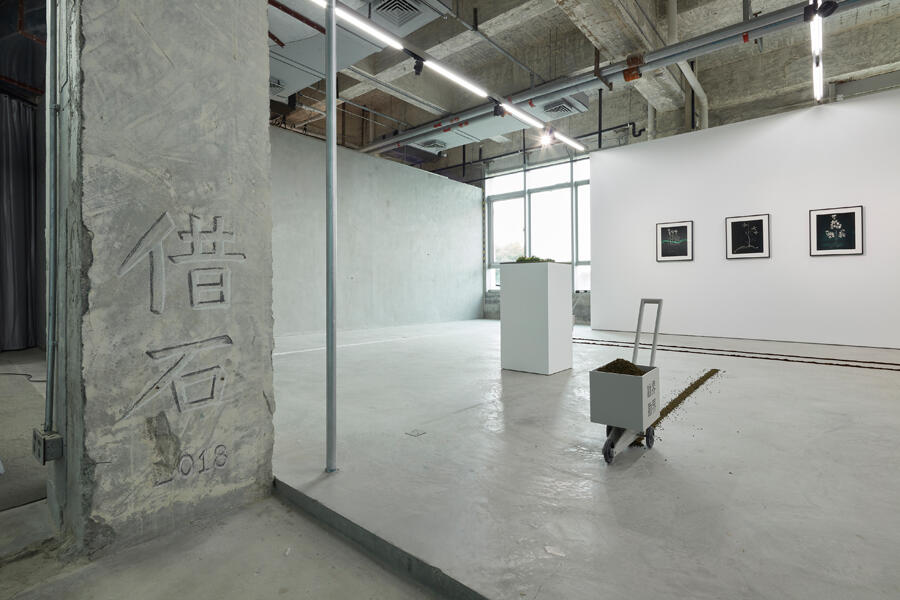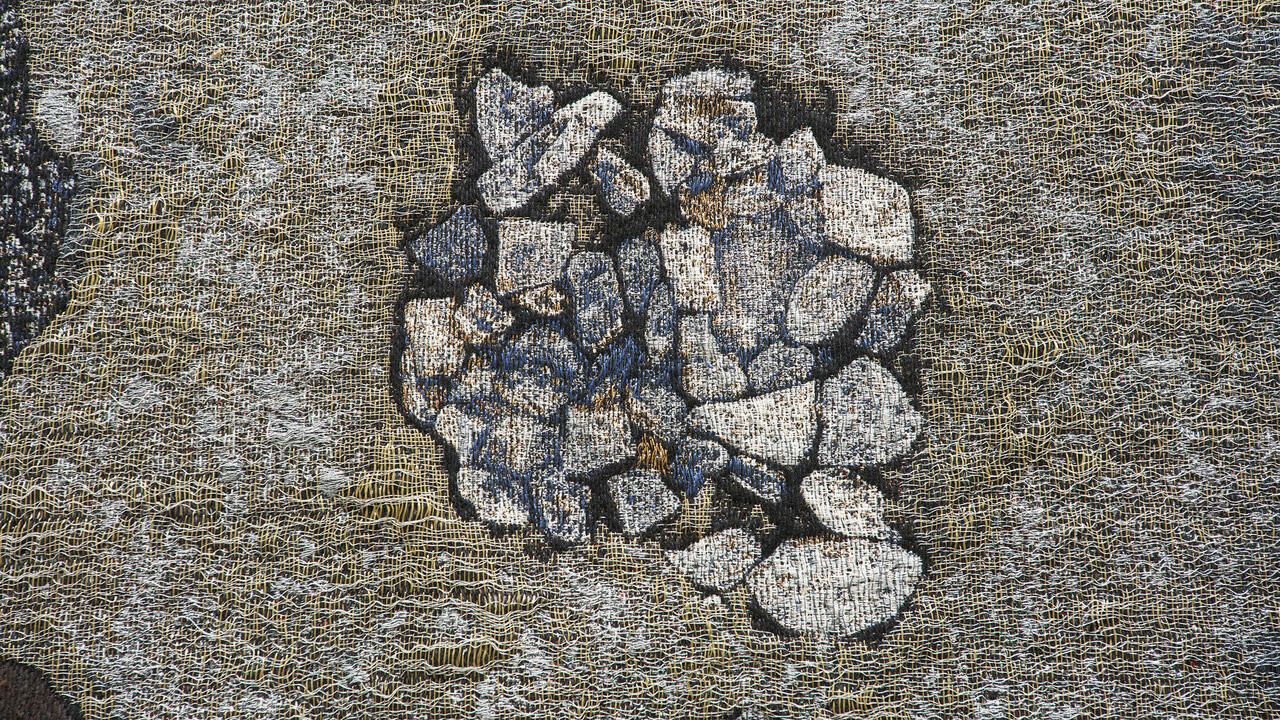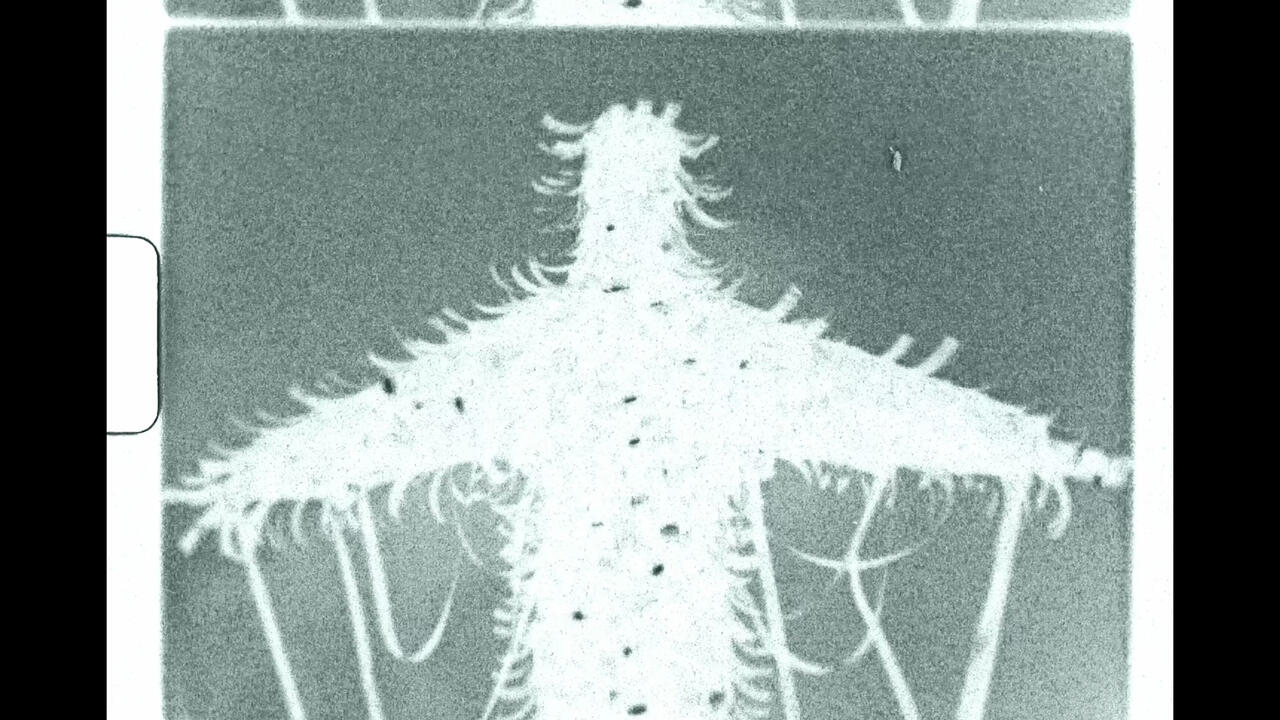What Happens When Nature Goes Off Track?
A group show engaging with botanical histories and nonhuman futures at Edouard Malingue Gallery, Shanghai
A group show engaging with botanical histories and nonhuman futures at Edouard Malingue Gallery, Shanghai

‘Nature Gone Astray’, a group show at Edouard Malingue Gallery in Shanghai, circles around a set of tales that seem to ask: what happens when nature goes off track? A range of loosely connected works – each occupying its own intellectually consistent and coherent world – engage with botanical histories and nonhuman futures.

Long fascinated by wild plants and weeds – and their roles as political symbols across history – artist and scholar Zheng Bo proposes an ‘eco-queer’ aesthetics in his recent work, drawing together queer bodies, laboratory plants and botanical manuscripts. Zheng’s 17-minute film Pteridophilia I (2016) deploys a new term coined by the artist: a reference to affection – or, in the classical Greek sense, ‘brotherly love’ – for pteridophyta plants (a now invalid taxon for a species that reproduces via spores rather than flowers or seeds). In Zheng’s film, these ferns, which engage in concealed asexual reproduction, are foregrounded as protagonists. Drenched in eroticism, Pteridophilia I follows a group of naked Taiwanese male performers as they lose themselves in a forest of ferns at the Yangmingshan National Park nearTaipei. Either individually or collectively, they begin to scratch and masturbate with the ferns. There’s a sense of primitivism but, predominantly, a vitalism in the blend of blazing sunlight, human bodies and plants. Zheng’s film serves as a subtle critique of anthropocentrism, in its production of an environmental theatre filled with nonhuman desire.

Miljohn Ruperto and Ulrik Heltoft’s ‘Voynich Botanical Studies’ photographic series (2013–ongoing) re-imagines the mysterious 15th-century Voynich manuscript, which is filled with a mass of illustrations of unidentifiable plants alongside cosmic symbols and as-yet undeciphered text. The manuscript has been an ongoing mystery since it was purchased in 1912 by the Polish book dealer Wilfrid Voynich, with each attempt to decode it (most recently using artificial intelligence) doomed to failure. Employing digital-imaging software, the artists have used three-dimensional modeling to render an image of each of the manuscript’s plants. These digital files have, in turn, been converted into negatives and, finally, into a series of silver gelatin prints. The artists were greatly influenced by German photographer Karl Blossfeldt’s detailed images of plants and animals from the 1920s.
Meanwhile, Beijing-based artist Liu Xinyi offers a spatial and olfactory intervention throughout the exhibition. Liu’s Guerrilla Squad (2018) consists of seven line-marking wooden trucks, each carrying a single commodity (curry powder, coffee, salt, sesame seeds, Sichuan peppercorn, chilli powder or loose tea). Each vehicle becomes a marker of the ‘territorial difference’ between China and one of seven other nation states, and bilateral trade between these countries today. (The words for ‘boundary’ are printed in Chinese, Hindi, Russian and other languages across each car). Soon, the gallery is filled with the pungent scent of these spices. Alongside these works, Liu presents a series of fake airline posters (‘Next Stops’, 2018). Reflecting the artist’s wry humour, the posters advertise the hamlet of China in upstate New York, or the municipality of Lachine in Quebec – which bear only nominal similarities to ‘China’. But those looking for a more serious punchline behind Liu’s superficial wit will be disappointed. Whether viewing nature through an eco-queer lens, or as a cosmic, alien force, any critical perspective on the human-nonhuman binary in ‘Nature Gone Astray’ remains ambivalent.
Main image: Liu Xinyi, Guerrilla Squad, 2018, line-marking vehicles, paint, coffee powder, tea dust, turmeric, salt, chilli powder, Sichuan peppercorns, sesame, dimensions variable. Courtesy: the artist and Edouard Malingue Gallery, Shanghai






















